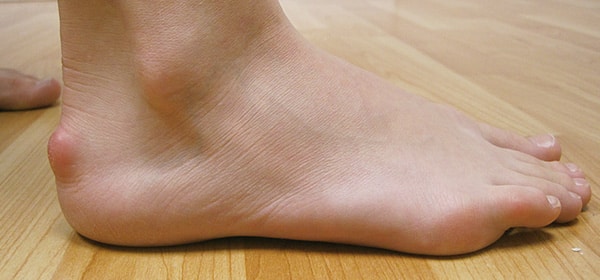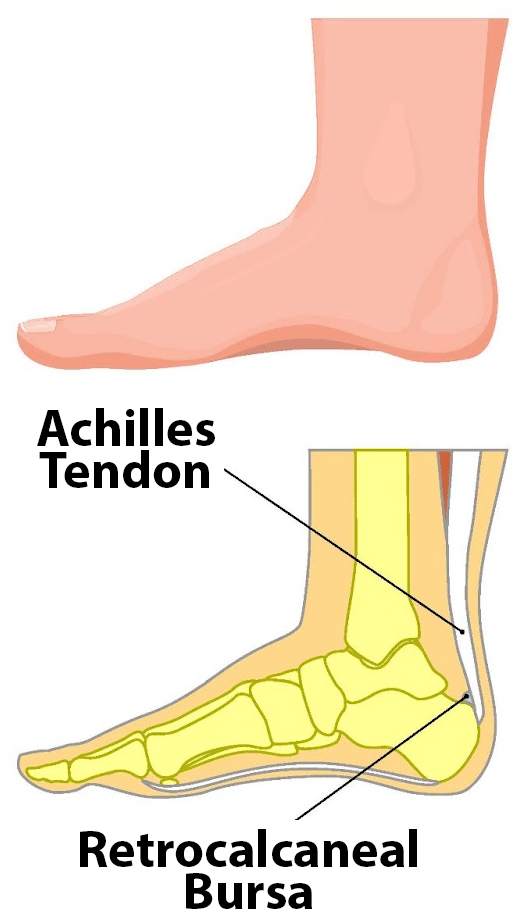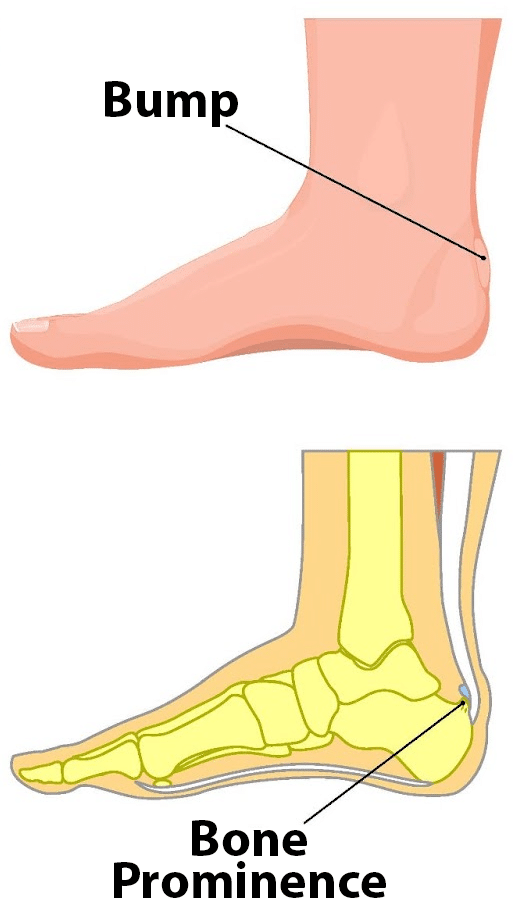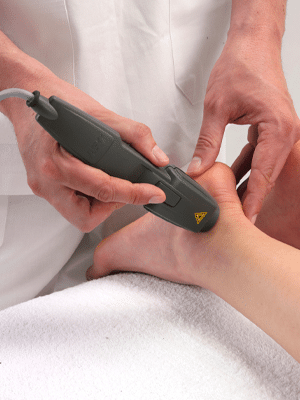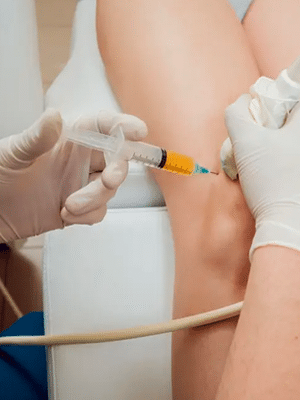Experiencing persistent pain and a noticeable bump at the back of your heel?
You could be dealing with Haglund’s Deformity, a less commonly known yet impactful condition. This guide aims to demystify Haglund’s Deformity, outlining its causes, symptoms, and available treatment options for better foot health.


